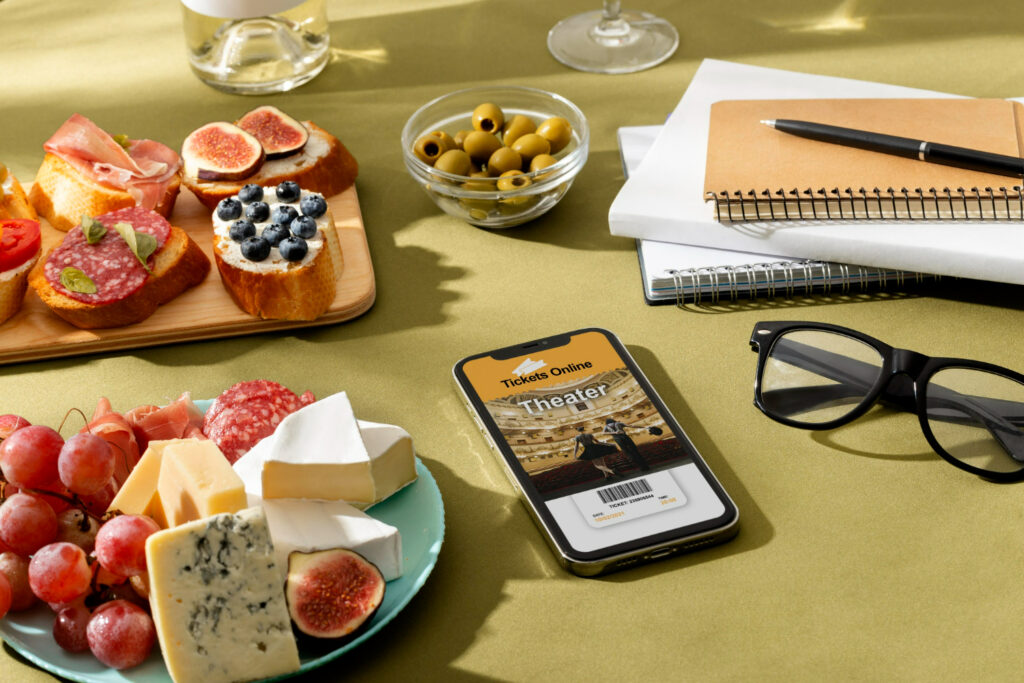In the fast-paced world of food and beverage marketing, staying ahead of consumer trends is crucial for brands aiming to thrive in a competitive marketplace. Over the past decade, the industry has undergone a dramatic transformation driven by changing consumer preferences, technological advancements, and a growing emphasis on sustainability. This op-ed delves into the evolution of food and beverage marketing, exploring how brands can adapt their strategies to meet the demands of today’s consumers.
The Rise of Health Consciousness
One of the most significant shifts in consumer behavior has been the increasing focus on health and wellness. More than ever, consumers are scrutinizing ingredient lists, seeking transparency, and prioritizing nutritious options. A 2022 survey by the International Food Information Council revealed that nearly 70% of Americans consider themselves health-conscious, leading brands to rethink their marketing approaches.
To capitalize on this trend, food and beverage companies must not only offer healthier options but also communicate their benefits effectively. This includes clear labeling, informative packaging, and engaging storytelling that highlights the nutritional value and sourcing of ingredients. Brands like Chobani and KIND Snacks have successfully positioned themselves as health-focused by emphasizing natural ingredients and transparency, ultimately building trust with their audience.
Sustainability: The New Normal
In addition to health consciousness, sustainability has emerged as a crucial factor influencing consumer choices. Today’s consumers are more aware of the environmental impact of their food and beverage consumption, leading them to seek brands that align with their values. According to a 2023 Nielsen report, 73% of consumers are willing to pay more for sustainable products.
To effectively market sustainable products, brands must articulate their commitment to environmental responsibility. This can involve using eco-friendly packaging, sourcing ingredients from sustainable farms, or participating in carbon offset programs. Companies like Patagonia Provisions and Beyond Meat have successfully tapped into this trend by promoting their sustainable practices and showcasing the positive impact of their products on the planet.
The Impact of Technology
Technology has revolutionized food and beverage marketing, creating new avenues for engagement and interaction. Social media platforms, e-commerce, and mobile apps have transformed how brands connect with consumers. For example, Instagram has become a powerful marketing tool for food brands, allowing them to showcase visually appealing content and interact with their audience in real time.
Moreover, the rise of food delivery apps has shifted consumer expectations regarding convenience and accessibility. Brands must adapt their marketing strategies to include partnerships with delivery services and optimize their online presence. Engaging with consumers through targeted online ads, influencer partnerships, and interactive content can significantly enhance brand visibility and drive sales.
Personalization: A Tailored Approach
In today’s digital landscape, consumers expect personalized experiences that cater to their preferences. Data-driven marketing allows food and beverage companies to tailor their messaging and offers based on consumer behavior and demographics. This can include personalized email campaigns, targeted social media ads, and recommendations based on past purchases.
For instance, companies like Starbucks leverage customer data through their loyalty programs, offering personalized promotions and rewards that resonate with individual customers. By utilizing data analytics, brands can create a more meaningful connection with their audience, fostering loyalty and driving repeat purchases.
Building Community Through Engagement
Beyond individual transactions, successful food and beverage marketing involves creating a sense of community. Brands that engage with their consumers on a deeper level—through storytelling, shared values, and interactive experiences—can cultivate loyalty and advocacy. This can be achieved through social media engagement, user-generated content, and immersive marketing campaigns.
Brands like Coca-Cola have effectively utilized storytelling to connect with consumers emotionally. Their “Share a Coke” campaign, which featured personalized bottles with popular names, sparked a wave of user-generated content and encouraged consumers to share their experiences. This type of community engagement not only drives brand loyalty but also amplifies reach through word-of-mouth marketing.
The Future of Food and Beverage Marketing
As we look to the future, food and beverage marketing will continue to evolve in response to changing consumer expectations and technological advancements. Brands must remain agile, adapting their strategies to meet the needs of a diverse and discerning audience. Emphasizing health, sustainability, personalization, and community engagement will be key to thriving in this dynamic landscape.
Moreover, as new technologies emerge, brands must explore innovative ways to connect with consumers. From augmented reality experiences that enhance product engagement to artificial intelligence-driven recommendations, the possibilities for food and beverage marketing are boundless.
In conclusion, the evolution of food and beverage marketing is marked by a shift toward health consciousness, sustainability, technology, personalization, and community engagement. By embracing these trends and adapting their strategies, brands can forge meaningful connections with consumers and drive long-term success. The landscape may be ever-changing, but the opportunity for growth and innovation in food and beverage marketing remains limitless.

More PR Insights
Building Trust Through Product Stories: A Guide to Behind-the-Scenes PR
The Strategic Use Of Visual Memes In B2bB PR
The Psychology of Scarcity in Media Campaigns